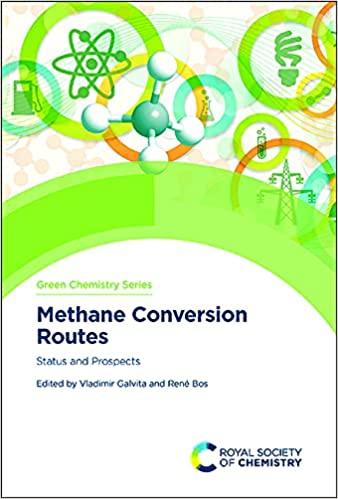Question
Considering scaling laws (i.e., droplet size) for electrospray that depend on liquid permittivity (), flow rate (Q), the liquid density (_l), the liquid surface tension
Considering scaling laws (i.e., droplet size) for electrospray that depend on liquid permittivity (), flow rate (Q), the liquid density (_l), the liquid surface tension (_l), and the liquid conductivity (_l). Scaling laws for electrospinning were also discussed (i.e., jet diameter) that depend on largely the same parameters.
1. You are spraying a solution of polymer in 1-butanol that is sufficiently dilute that you may assume the liquid properties are those of the solvent. If the solution is sprayed at a flow rate (Q) of 2.78 x 10-4 cm3/s at a electric field of 2500 V/m, generating a current of 0.422 A, what is the electrospray particle size? Use all three scaling laws shown in lecture 4 and compare your values.
2. The conversion to electrospinning occurs at higher polymer concentration. Assuming that polymer concentration increases so that it comprises 25% of the solution by mass, the S.G._polymer=1.25, and the separation distance between the needle and collector (z) is 10 cm, what is the diameter of the electrospray jet?
Properties of 1-Butanol: permittivity () 17.8 density () 0.81 g/cm3 surface tension () 24.6 dyn/cm conductivity () 9.1 x 10-9 S/m
Step by Step Solution
There are 3 Steps involved in it
Step: 1

Get Instant Access to Expert-Tailored Solutions
See step-by-step solutions with expert insights and AI powered tools for academic success
Step: 2

Step: 3

Ace Your Homework with AI
Get the answers you need in no time with our AI-driven, step-by-step assistance
Get Started


